Leaderboard
Popular Content
Showing content with the highest reputation on 2019-11-23 in all areas
-
3 points
-
2 points
-
Musawwarat es Sufra, and Temple 300 In the first of a series of reference updates, I'll be revisiting the site of Musawwarat es Sufra, central Sudan. Most of you will be familiar with the site, but I present here an updated post, which will include some fresh photographic delights. Temple 300, located in Musawwarat, and featured in the new Kushite home screen for 0AD, was recently the source of contention for one of our community members. It was supposedly depicted "unreasonably huge", "near-complete fiction" or perhaps even really Egyptian... This post will address those concerns in detail. Firstly, some history on Musawwarat es Sufra: Musawwarat es-Sufra was a large temple complex and cult center in the Western Butana, 25km from the Nile, 16km to the North of the Royal City of Naqa and 71km to the south-west of the capital city, Meroë. It’s located in the Wadi es-Sufra, a dry riverbed that can turn into a rapid stream during the yearly rains. The complex features temples, courtyards, a large water-reservoir, long walled corridors and possible workshops, kitchens, store-rooms, royal residences as well as a smaller secular enclosure. The Kushites themselves called this place "Aborepi" (believed to mean “place of the elephant” in Meroitic). Depictions of elephants and other animals, especially lions are a common theme in the reliefs, graffito and statuary of Musawwarat. The earliest known structure from Musawwarat is the Great Hafir, a massive water reservoir built to capture surface runoff from the Wadi es-Sufra's seasonal water-flow. With a diameter of 250 meters and a depth reaching 11- 12 meters, it is the largest ancient hafir known in Sudan, and seems to have been built during the Napatan Period between the 6th and the 4th centuries BCE. It's sheer scale is somewhat of an enigma, considering the apparent absence of any significant settlement in the Wadi es-Sufra, dating to the Meroitic period. The absence of Meroitic graves in the valley also indicate that burial at this site was not allowed. Almost all the standing monuments date to the Meroitic Period. The Lion Temple of the Meroitic King Arnekhamani dates to the later 3rd century BC. The standing remains of the Great Enclosure date to the 3rd and 2nd centuries BC, partly overbuilding Napatan Period foundations. The enclosure measures about 237 meters by 203 meters. “Archaeological investigations have revealed that the courtyards east and north of the Central Terrace once contained gardens with carefully laid-out planting beds”. The exact function of this site has been a greatly contested subject. Many theories exist, including: A royal hunting abode, the large courtyards supposedly being used to house wild animals. An elephant training center, because of it's layout of large courtyards (holding pens?) and ramps, and a significant amount elephant depictions found here, and because of Ptolemaic expeditions "sometimes numbering hundreds of men", coming to this area to acquire war elephants during the 3rd century BCE. A royal palace, because of the idea that at least some of these structures were (seasonal) royal residences, thought to feature a throne room. Or simply as a large cult center, hosting major religious festivals drawing in countless people and royals on a regular basis. Google maps: 16.412878, 33.323855 https://www.google.com/maps/place/16°24'46.4"N+33°19'25.9"E/@16.4134602,33.3246782,332m/data=!3m1!1e3!4m5!3m4!1s0x0:0x0!8m2!3d16.412878!4d33.323855 A layout of the main site: Detail of the Great Enclosure (Temple 300 is on the far right): Naming conventions: An aerial shot of the Great Enclosure: Now, for the contentious depiction of Temple 300: To examine wether it's unreasonably huge, we should first figure out how big the temple in this artistic render really is. Luckily for us, Pedro Blanco was kind enough to actually place a man standing in between the two pillars of the entrance. We shall henceforth refer to this man as "Dude". This Dude will give us an excellent frame of reference for the actual size of the temple depicted here. The average height for men around the world today is 1,75m. You could argue that people were smaller back then, as you could also argue that Kushites were tall people based on historical records and modern population heights of Nilotic people. For the sake of simplicity, we'll say that both considerations cancel each other out. We conclude that the Dude is 1,75 meters tall, and shall be our height unit. Using this highly scientific method... ... we can now measure the size of the temple in Dudes. As we can see, the temple in this artistic render measures roughly 6 Dudes by 13 Dudes, which translates to about 10,50 meters by 22,75 meters. And then I'm even being a little generous (it's really more like 5,8 Dudes by 12,7 Dudes, but no stress, we'll just call it 6 by 13 dudes). [of course, I know, perspective... But the Dude is standing dead center in the temple, which we'll say cancels out any warping of the measurements. Also, the size of the temples was questioned in relation to the puny looking humans, so the Dude is really the best unit of measurement for this exercise] So how does this measurement compare to the actual Temple 300 in Musawwarat? Let's see: According to this ground plan, The main structure of Temple 300 measures c. 20,5 meters by 13,5 meters, with walls nearly 2 meters thick, all round. This can be corroborated with Google Maps: This means, that in order to be completely historically accurate, the temple in the render should be 3 meters wider, or 22% more wide, and 2,25 meters shorter, or 10% shorter. In terms of surface area, the temple in the render is c. 239m² while the temple in real life is c. 277m², or 14% larger! It is now clear, using very meticulous Dude measurements, that the temple in the render is in fact smaller than its real world inspiration, Temple 300. The only thing that can be said is that the platform or terrace on which Temple 300 was built measures roughly a meter in height, while in the render, it's almost 2 meters. So the platform is roughly 1 meter too high. The funny thing is that the size of Temple 300 is nowhere close to the size of the largest Kushite temples. It's not even the largest temple in Musawwarat. That honor would go to Temple 100 (built on a higher terrace), the beautiful peripteral temple at the centre of the complex, which in itself, isn't particularly huge to Kushite standards either. Check out the official website of the Archaeological Mission to Musawwarat: http://www.musawwarat.com The Zamani Project has also done a lot of work in Musawwarat: https://www.zamaniproject.org/site-sudan-Musawwarat-es-Sufra.html For scholarly discussion of the site: Musawwarat es-Sufra: Interpreting the Great Enclosure by Steffen Wenig: https://issuu.com/sudarchrs/docs/s_n05-wenig For a 3D scan of the entire temple: https://skfb.ly/6OSqp The remains of Temple 300, in all its glory, c. 2200 years after construction: The actual height of the structure, as proposed by K.-H. Priese in this reconstruction is based on the recovered blocks from the excavations, and extrapolated from the size of the door, and statues (of which there are many direct parallels with which to compare), further supported by the 2 meter thick walls and rather beefy columns. If the structure reached a height of c. 7,5 meters, as in this reconstruction, and the height/width ratio of the model in-game is about 9 to 11, which would make the model about 8,6 to 9,6 meters in the artistic render, then we can indeed say that the temple in the render is about 1,1 to 2.1 meters too tall. As I said earlier, the terrace of the temple is indeed c. 1 meter too high... Again, I need to emphasize that this is nowhere near the tallest structure ever built by Kushites. The tallest pylons constructed for the Amun Tempel at Barkal by Piye, reached a spectacular 21 to 33 meters in height. Likewise, the pylons of the Meroitic Amun Temples of Meroë and Dangeil would have reached between 15 and 21 meters in height. The largest Napatan Pyramid was in excess of 30 meters in height. Just to name a few examples. More on these figures (which did not require Dude Measurements) in a future post. The rest of Musawwarat: The first picture is Temple 100, perhaps not as tall as Temple 300, but definitely bigger: Even the "small" Lion Temple at Musawwarat really isn't actually that small when you see people standing next to it...2 points
-
@wowgetoffyourcellphone I pushed some fixes in a pull request. If you merge it you'll be able to start fixing the other stuff. The gui will be back. Can you create an Art Dev Task Thread for DE ? I noticed a few things could be improved easily, and that would give some stuff to do when I don't have much time. Why didn't you use my modified version of @Basshunter's gaul statue with props and whatnot for instance ?1 point
-
1 point
-
1 point
-
1 point
-
Personally I think there ought to be third-tier towers for all civilizations, even if they won't all be used, to give maximum flexibility for modders. (Who knows, maybe someone would want to reuse Briton ballista towers in an alternative history or fantasy mod.)1 point
-
Congratulation on your victory! Your main issues are the following (in order in which they appear in the game): - you send your women to food collection, however, thanks to treasures, you have already plenty. So it would have been better to send some either to build your first house or to collect wood. - making bigger batch at the beginning would help you to grow your population faster, also, you are likely not to be rushed inthe first few minutes of games (especially by Petra, Petra is nice). Since women are trained faster than men, you can increase your population faster by training only women. - buildings should be always training units until max pop, it is important to start as early as possible to train in your cc; - for your wood collection, you might wait before making your first storehouse if you want to do something special with food. In this game, you won't be making fields anytime soon, thanks to treasure. Putting a first storehouse between wood and stones would have been nice. As brit you will want to have one there pretty early, so that one would have save some walking time to your units; Around 2:00 - you started to make your fields too early. You still had plenty of food in stock and the emergence for better growth was to get the ressources you needed the more: wood. Getting more wood fast would allow you to make the wood upgrade earlier and potentially a barrack too. The first one would improve your wood income that you needed and the second one would help you to increase your population faster; 2:20 - when you women get out of cc, they were iddle. Click on you cand define a rally point on wood so new units will never be iddled. You can always redicrect them if you are not busy when new units arrive; 2:50 - you didn't have enough houses. That 's probably one of the main issue when starting the game. It delays your growth a lot. Some players keep 1 or 2 women on "house duty". Those women will always be building houses constantly. Having a few too many houses can be a solution too. A last option is to use units already busy somewhere to tell them to build a house, and then shift+click to assign them a new task just after they completed the house construction. 4:50 - you might want to make your barrack slightly further away from cc so you could put another field in that exact spot. Putting that barrack just slightly further would be better. 5:00 - you can see some elephants with your cav. Use it to throw one arrow to each of them, taking care that the éléphants don't get to close to you cav and kill it. Bring back you cavalry unit to your cc, the éléphants will follow. Use your dog then to kill the elephants safely andcollect the free food once the éléphants are dead using the cav.This is a quite fast way to obtain food with no investment (you don't need to invest wood or food to produce). Making a few more cav can be usefull to gather the food faster. Calvarly gather food much faster on hunt than other units, this is why players use them for chicken instead of women. The same apply to other hunts type. 6:20 - you went for an early phasing up to phase 2. It is usually better to invest those ressources into more units to have faster income. Also, economic upgrades are very important, especially the woodand food one. Pay attention to have your building continuously producing units. 6:30 - I noticed that you chose to put all of your houses in the same spot. Often people prefer to put them all around the field. So that in case of attack, you can "ring the bell" from cc. The Women then run to the closest house, which would then be quite close. You might also want to build houses in such a way that they would slow down an attack with sieges going to your cc and take the role of "natural obstacles" for enemy soldiers that would have lower range than your slingers (it is not the case here since you have archers as enemy) 12:00 - you have already plenty of wood in storage, you might want a second barrack to produce soldiers faster. Also you can notice that on this map, you have not so much wood available. It would then be a good idea to adjust your army composition to available ressources on the map. Replace skirmishers by slingers since those cost less wood and you have a second stone spot. Think about making a temple to train priest later. Those only cost wood, and can help you to save some soldiers later. Cavalry could also be an option to get a good military power at a low cost in terms of wood. Spearmen cost wood, but they have more armor and they can be used as meatshield later in game. They will help you loose less sligners an indirectly make you save some wood too. 14:00 - You might also start thinking about making trade with yourself to be sure yyou don't run out of wood later in game at this stage. 16:00 - you keep producing women. Usually about 50-60 women is a good number. You mainly use women for food production since htey are mor eproductive there. Then you also want to spread a few of them everywhere you have men working too. They will give your men a 10% speed bonus. However on this particular map with few wood, making so many women can be seen as an ok strategy since it gives you the possibility to increase your pop faster. You should also have made enough building by now to be able to phase to p3. 17:00 Notice ho your barrack became annoying for your women, they have to go around it everytime they want to bring back food. You should consider making a farmstead near the field which are not next to the cc, so women don't spend so much time walking back. 18:00 - Notice how much extra ressources you have saved , you should find a good way to spend it (more barracks, more soldiers, a new base forward, phasing p3+making fort, more upgrades...). 20:00 - For battle, it is usually better to get units in order. Formation could help you for that. You want melee units which have a better armor to receive projectile while range units target the enemy. You also want to group all your unit sbefore starting to fight so all fire at the same time. This will help you to kill faster the enemy and therefore receive less damage from the enemy too. 22:00 - you could collect the wood along the river simply by making a dock. You would reduce a lot walking time of your workers 27:00 - when attacking, it is usually better to bring with your sieges weapon to destroy building: rams from your fort. You could destroy towers while your soldiers kill units. Retreating was the best decision. On your final fight, notice how Petra send its units one by one. With a good army size, well grouped, you can easily win the fight even if in the end you would be outnumbered. You can probably improve a lot at this stage by trying to improve on your eco. Good players playing Brits can usually get to: - 100 units before minute 8 - 150 units before minute 12 - 200 units before minute 15 Keep those numbers in mind to try to get an idea about how good you are doing with your eco. The main factors slowing down eco are usually: - forgetting to make houses; - not constantly training from buildings (you can select all your units production building and do "CTRL+2", this would allow you then to monitor more easily whether your building are producing or not by simply pressing "2") - having iddle units. using SHIFT to queue more actions is the best way to solve this problem without too much stress; The link provided to you above is quite good. You have also plenty of enterntaining videos on YouTube. You can also get easily some advice while playing online. hf! P.S. Also, if you see a truck driving near you, keeping a safe distance if possible.1 point
-
1 point
-
Probablemente si llegase a usarse a melee, pero esto se evita facilmente dandole un rango de ataque minimo. Si llegaramos a tener ataque secundario deberia ser usado obligatorio con el ammo de angen restringiendolo a 2 en romanos y 3 jabalinas en thureoforos.1 point
-
1 point
-
Spellforce III wins hands down. It's not a "dark filter" or an "HBO filter", it's realistic lighting. It's the lighting that I strive for in my screenshots that all of you upvote. Now, the Cossacks 3 screenshot you might definitely have a point. That one's ugly af.1 point
-
I might link the Road to Expert thread again, which might now be slightly outdated, but it still sums up many little things new players get wrong. On the other hand, learning to play a RTS is a lot like learning to play an instrument or drive a car. Someone can tell you what to do or not, but at the end of the day, you just really only need to practice for hours to get the intuitive feel of the timing. And even if you become a really good driver, you never know when a truck hits you and the driver runs away without giving you insurance details. I mean, sometimes the game crashes or someone leaves without resigning, but it's probably time to leave my metaphor now.1 point
-
On high settings all of these maps look very good and this being a 1v1 event I doubt anyone will have trouble running the game at those settings. But I doubt anyone would be against graphical improvements if it doesn't affect performance.1 point
-
very nice minimalist art. Less conservative than actual graphic design.1 point
-
1 point
-
1 point
-
Off-topic yet related: https://www.bbc.co.uk/news/world-asia-505312080 points

.thumb.jpg.b21ca1d0c15fb56b42c39b25a0a40815.jpg)


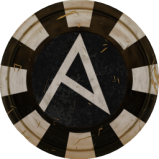
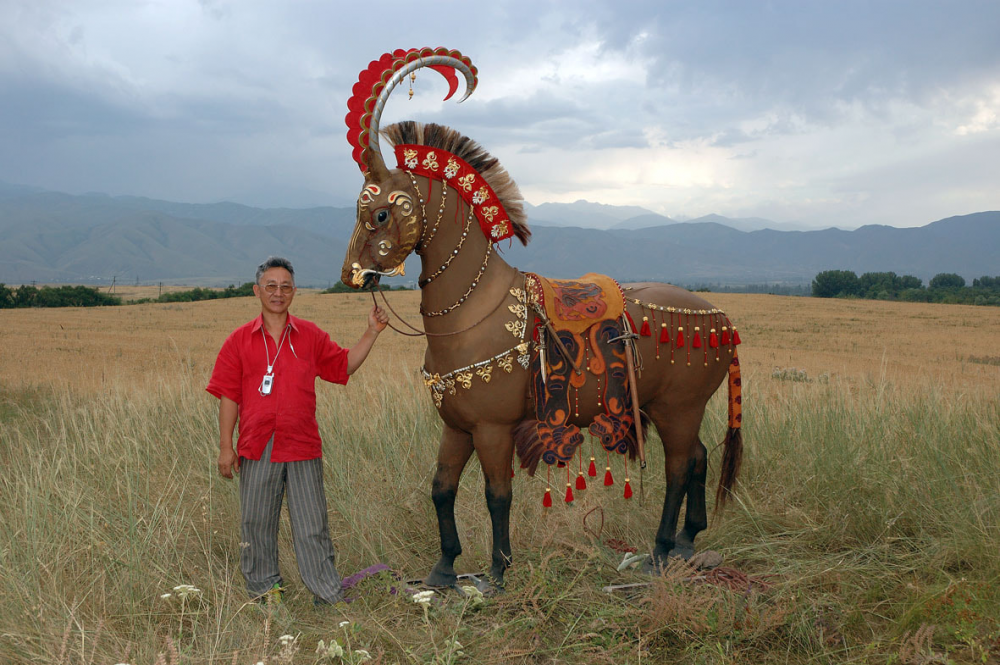
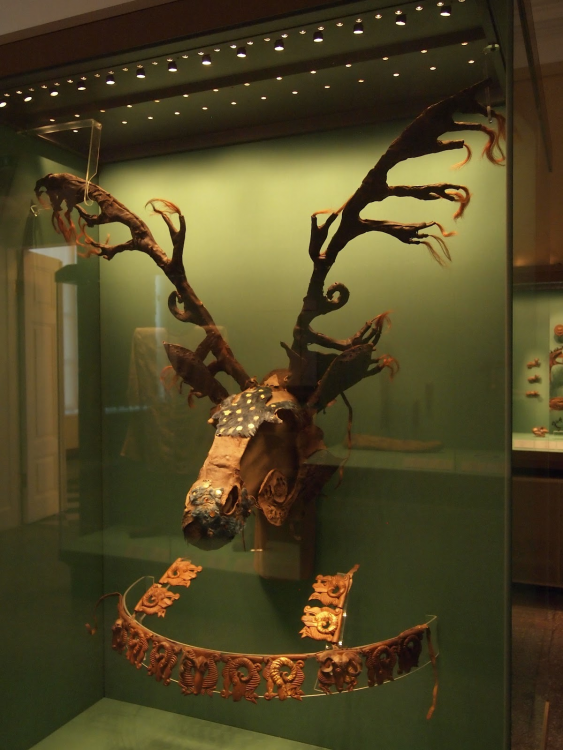
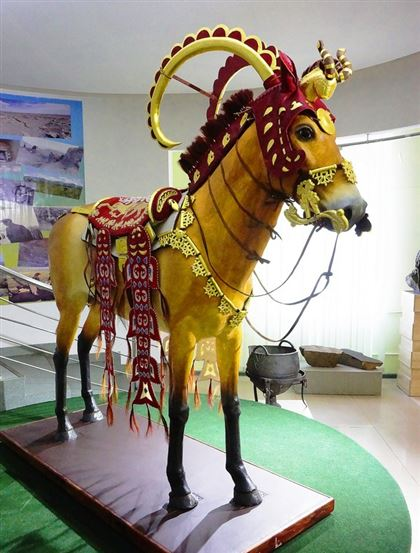
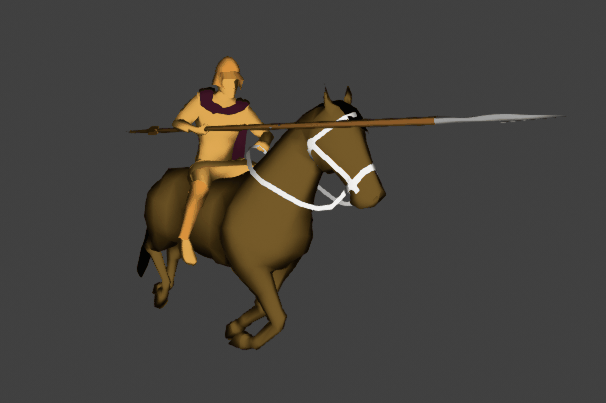
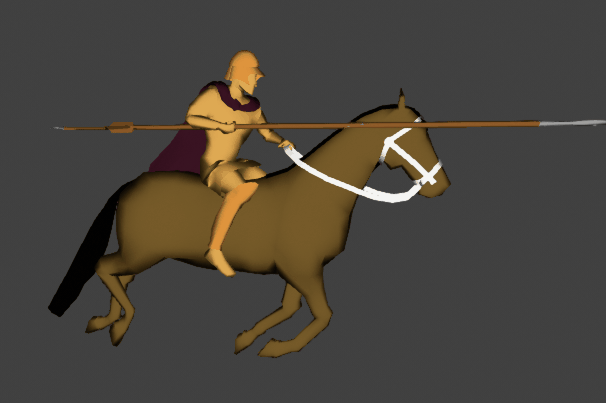
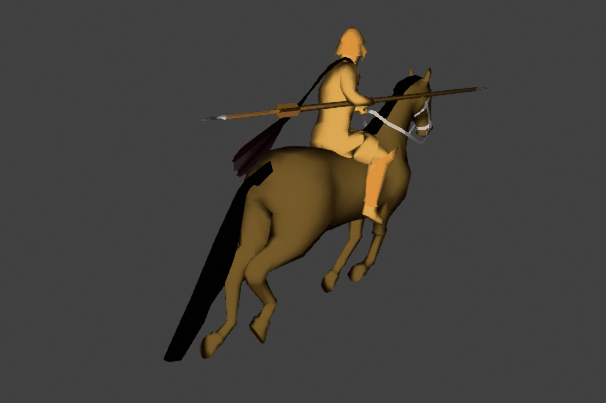
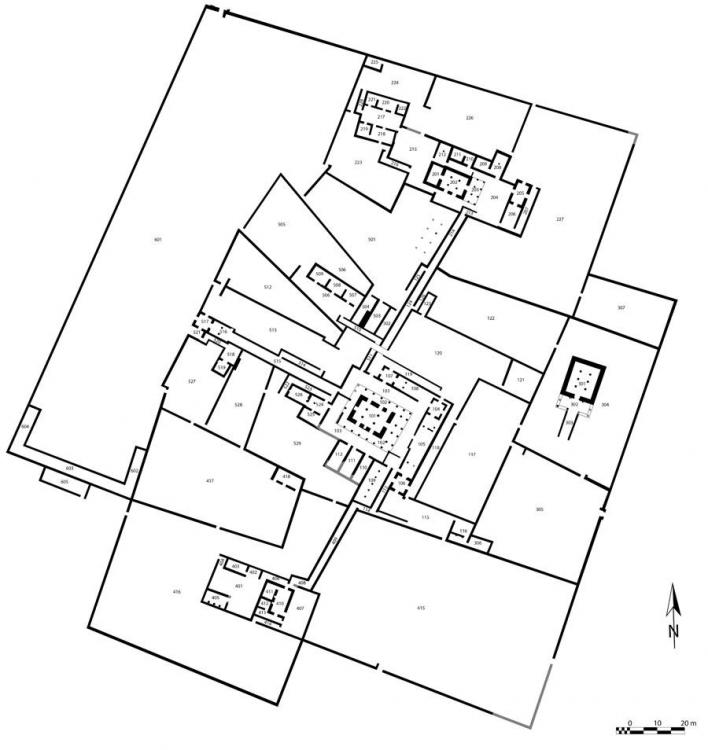
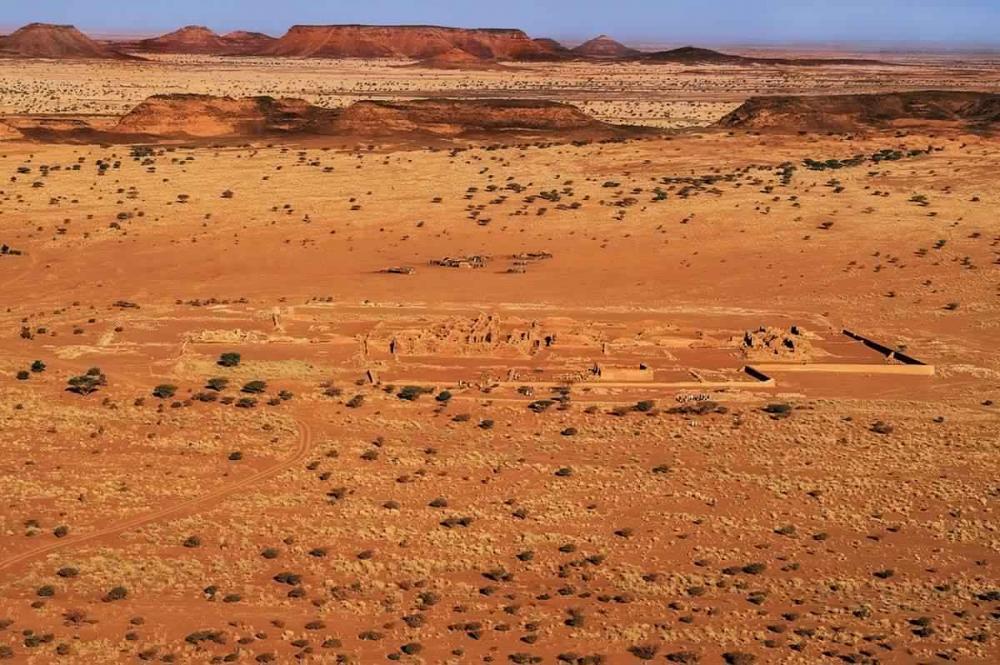
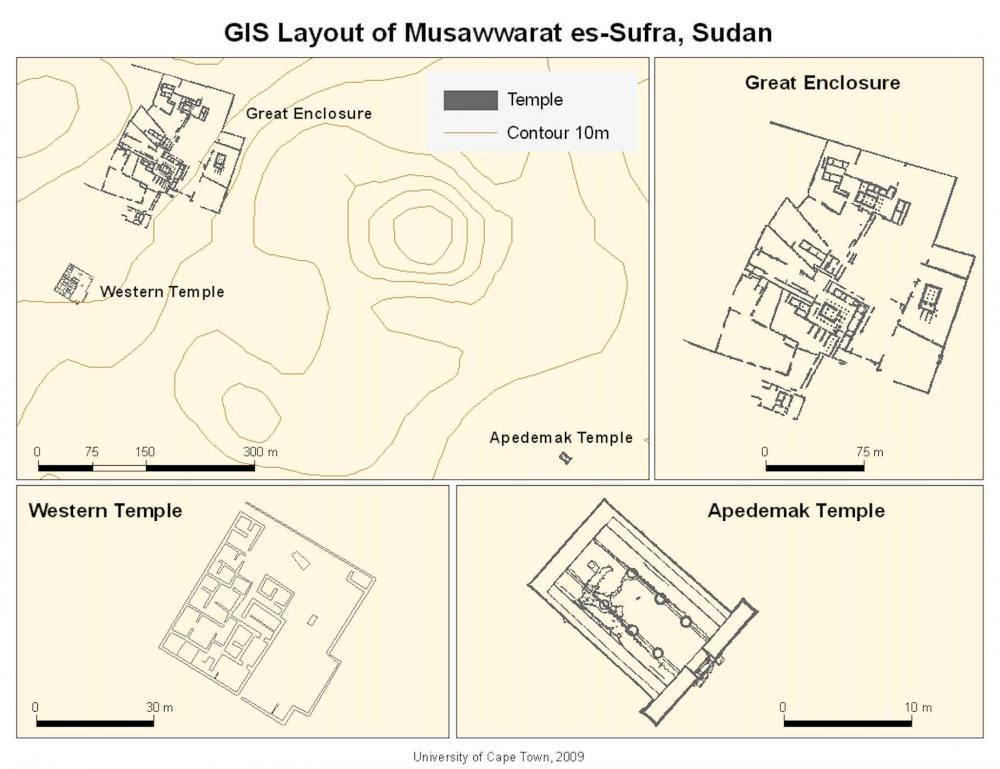
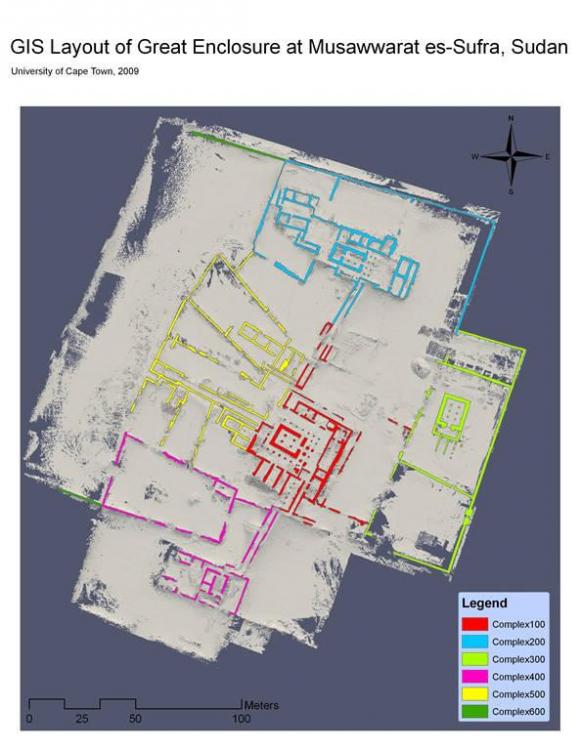
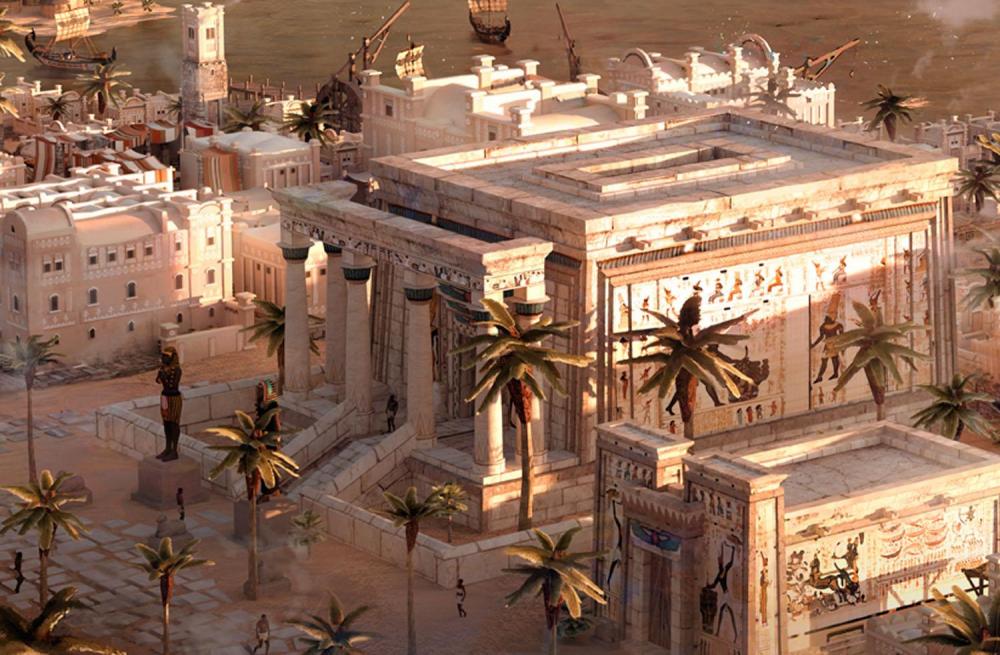
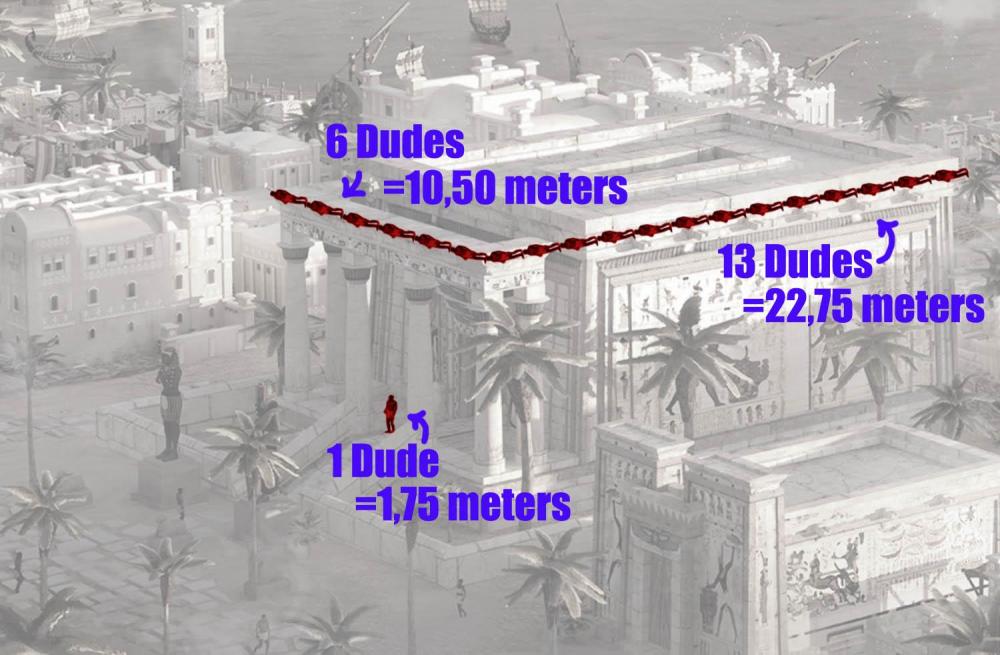
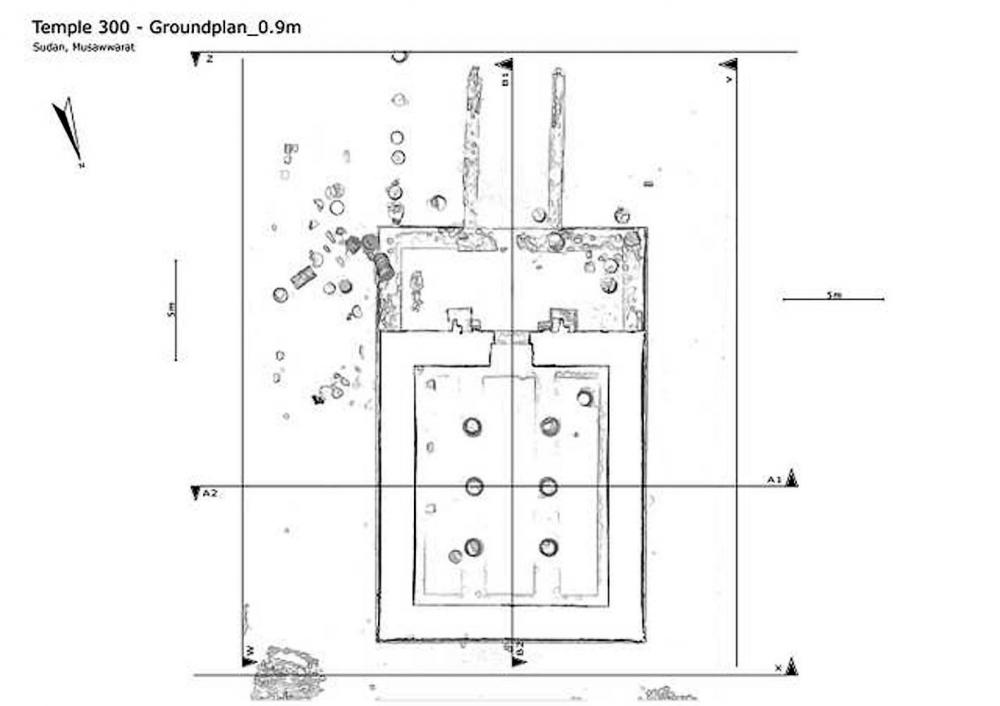
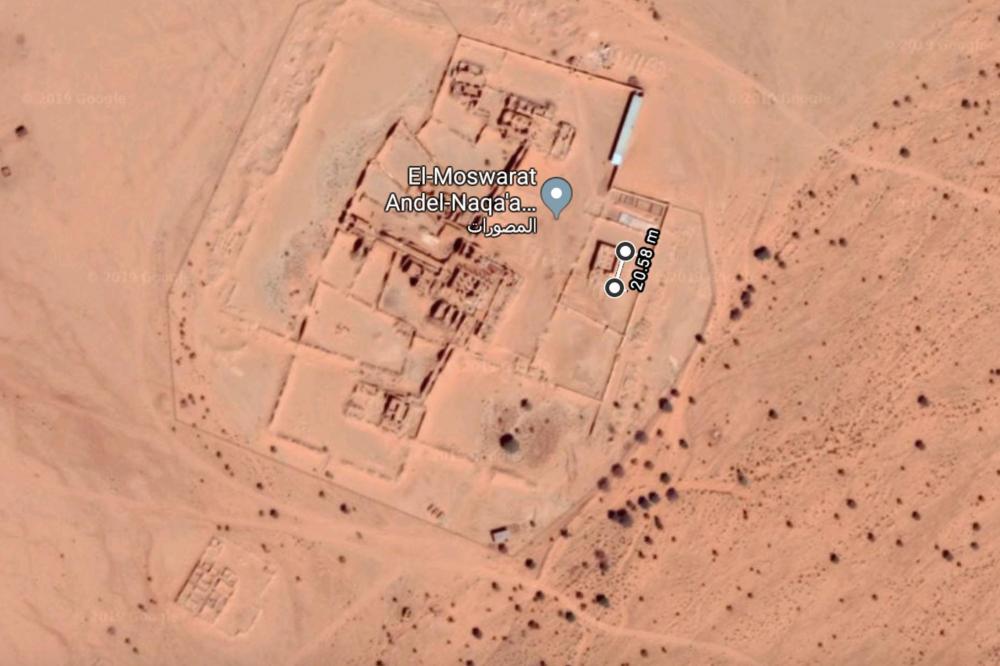
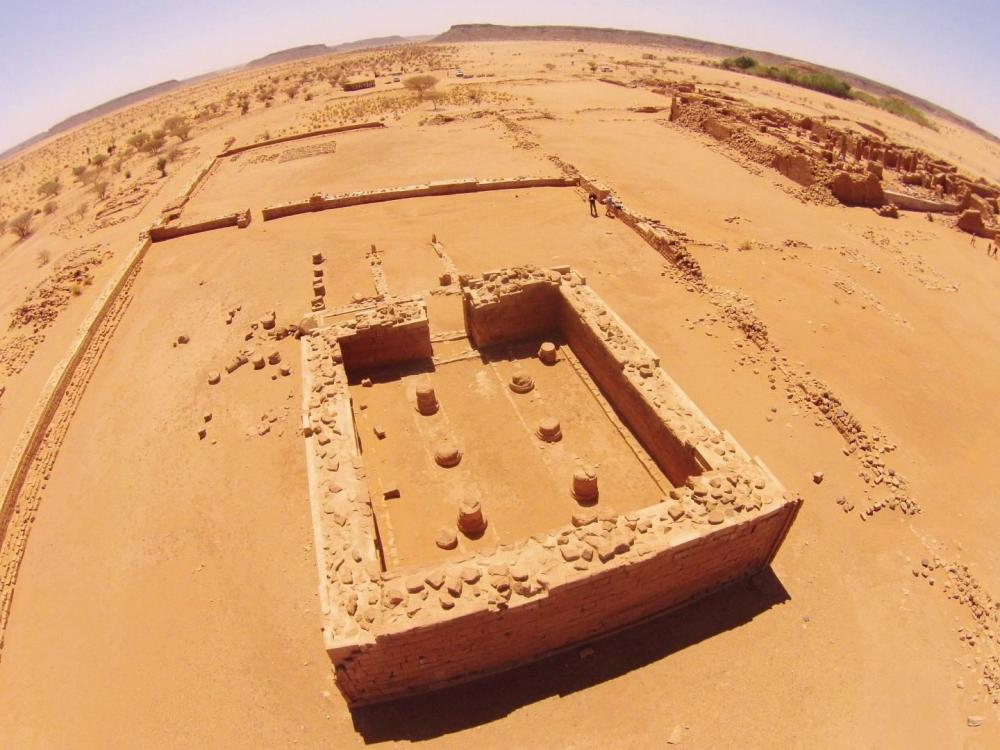
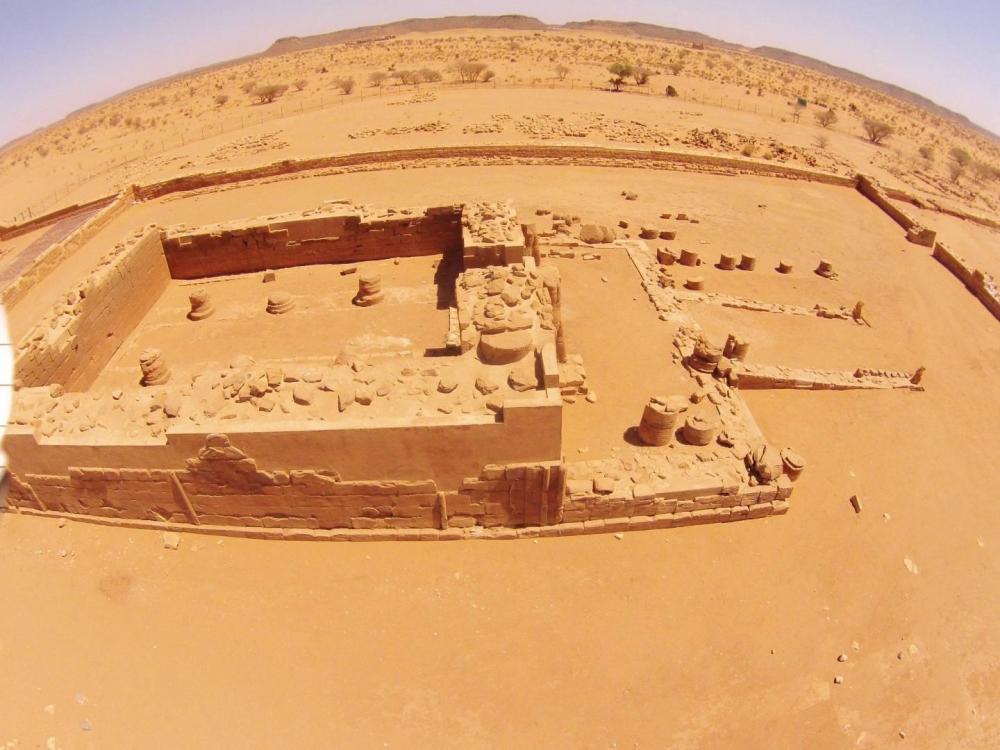
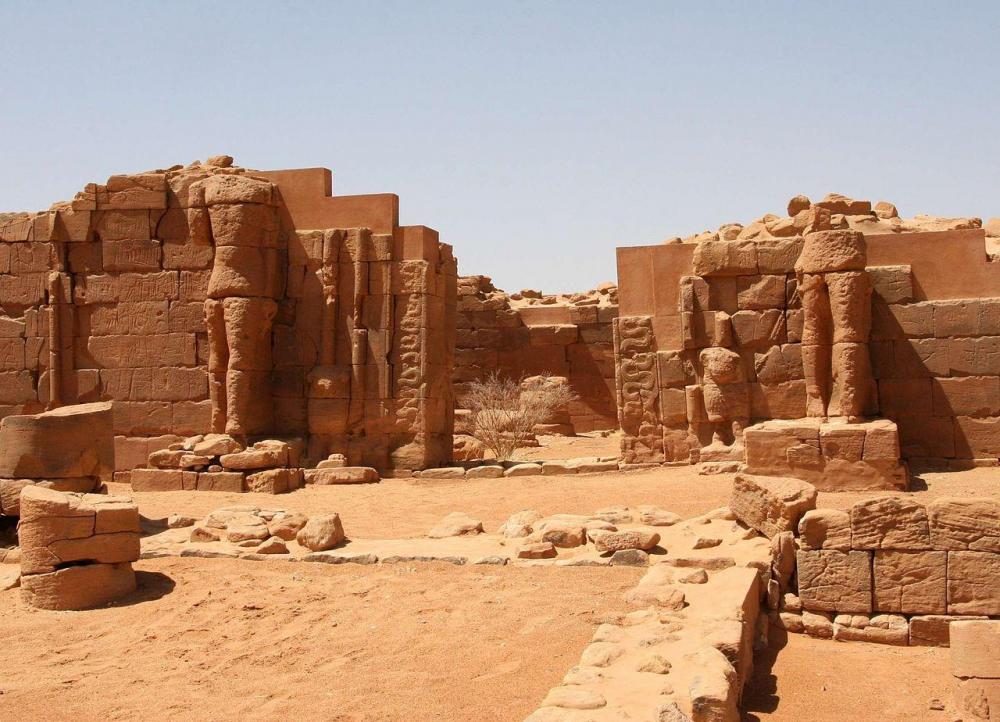
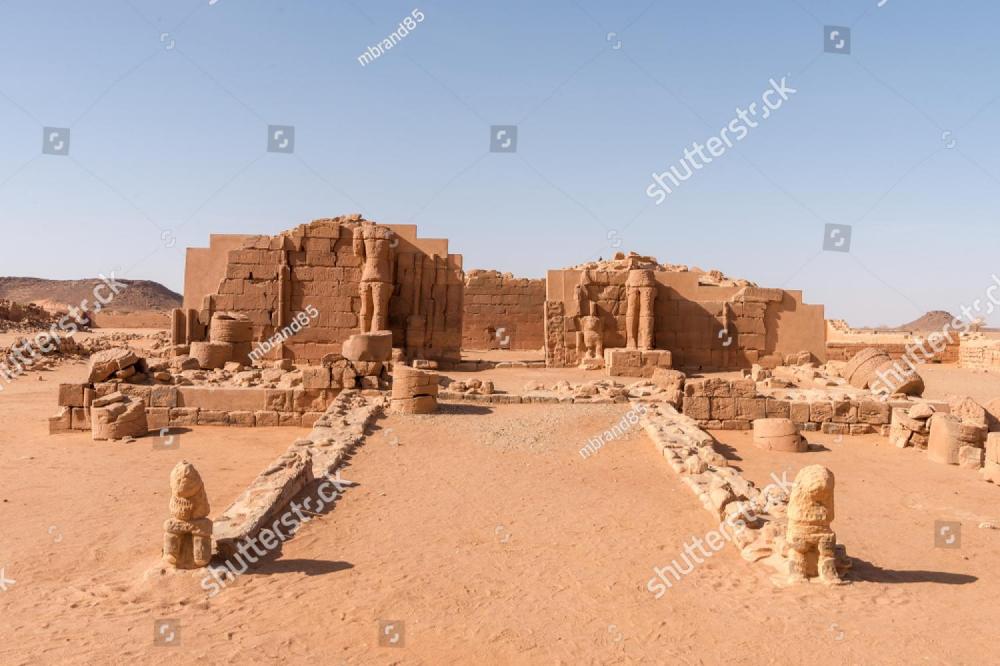
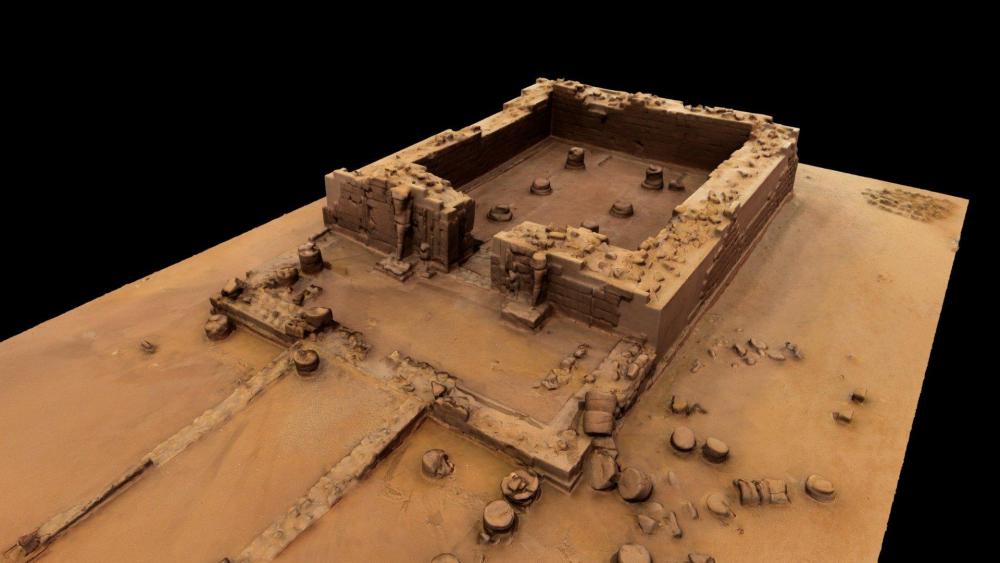
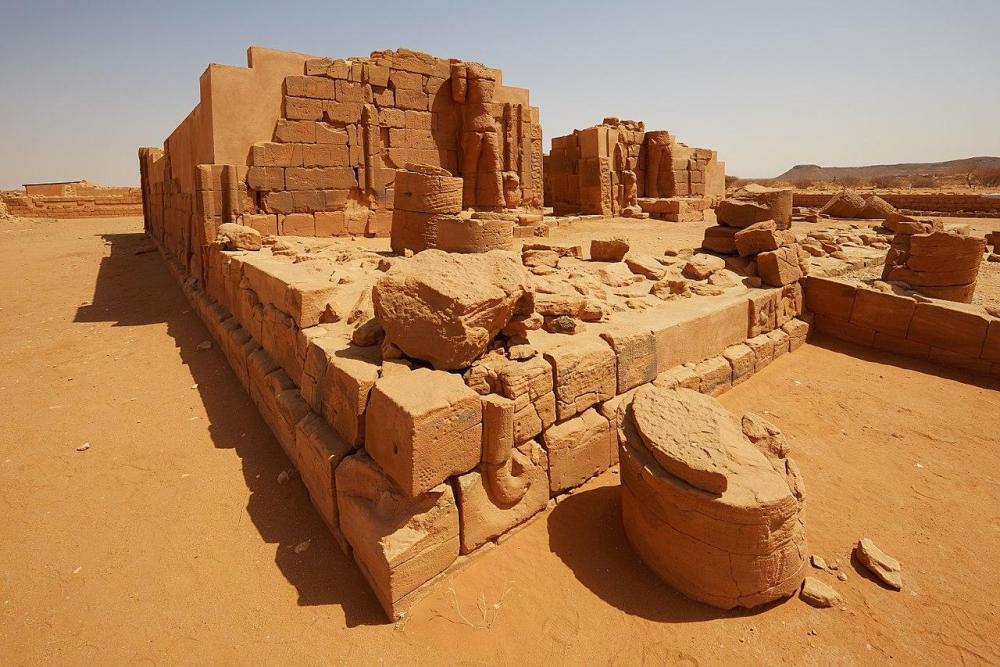
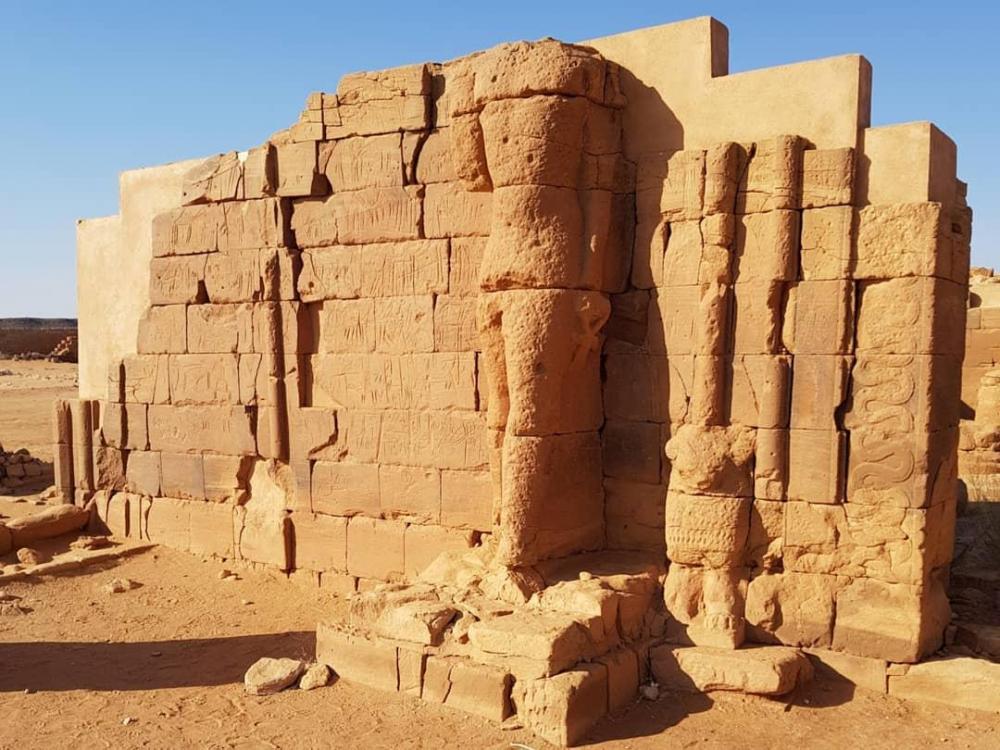
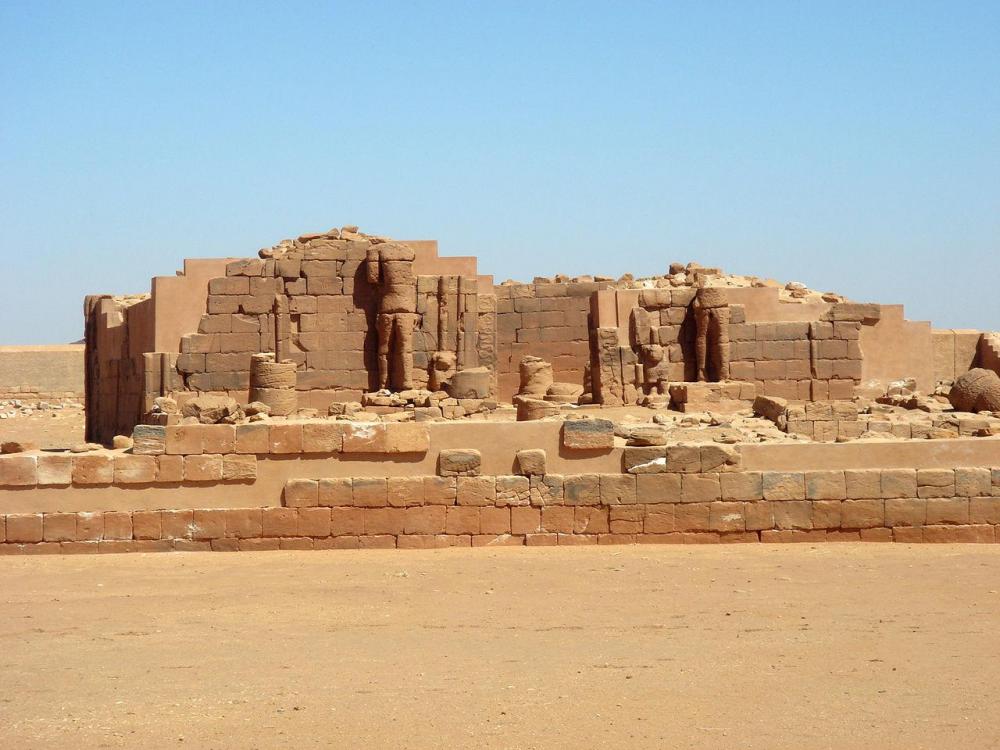
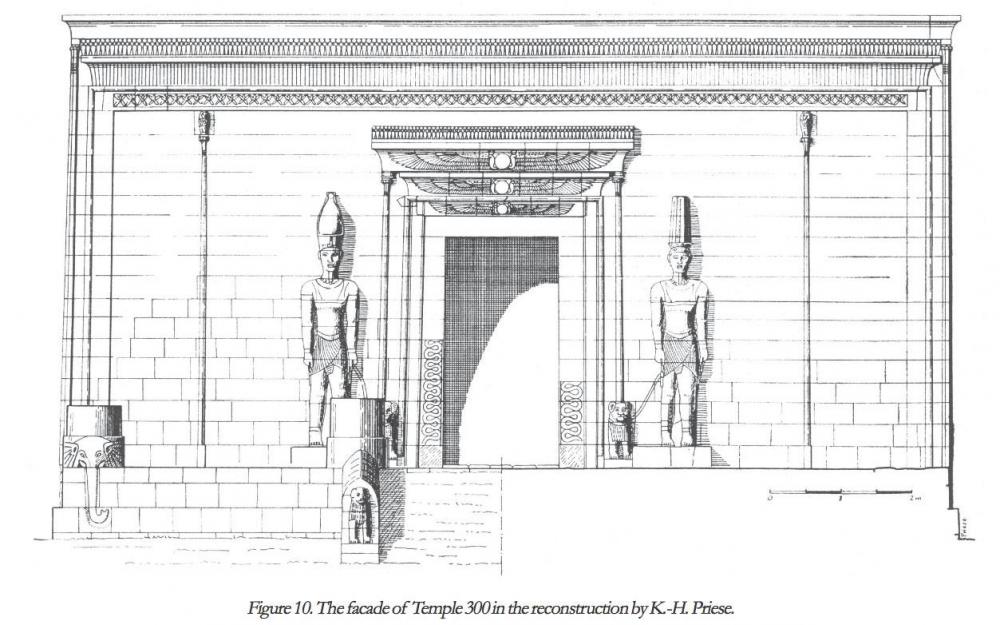
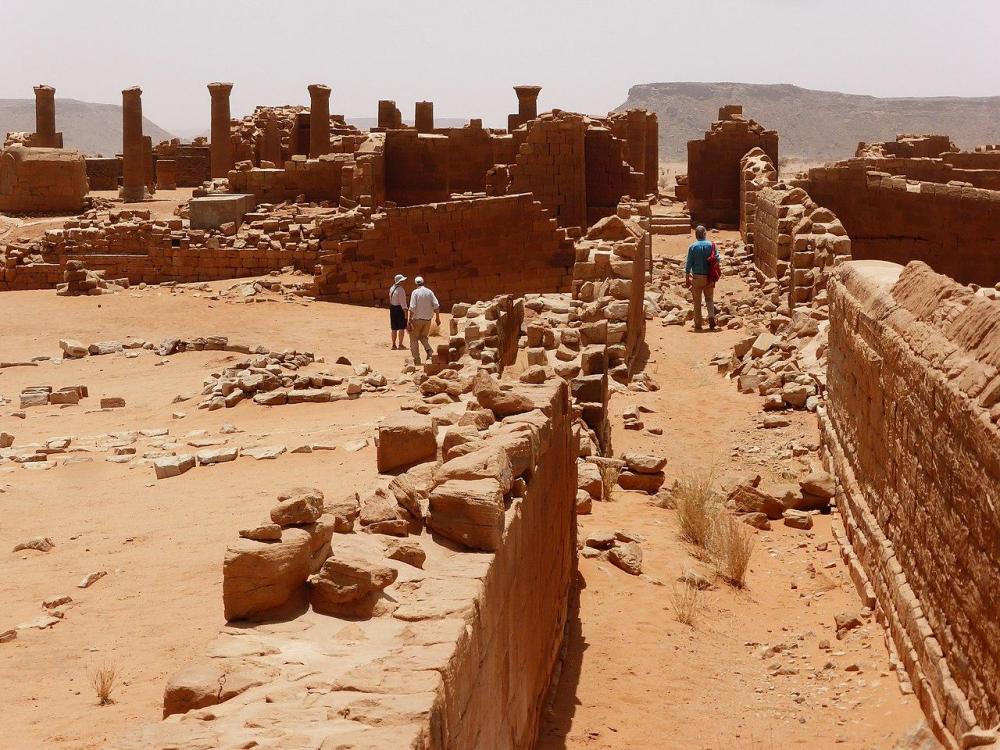
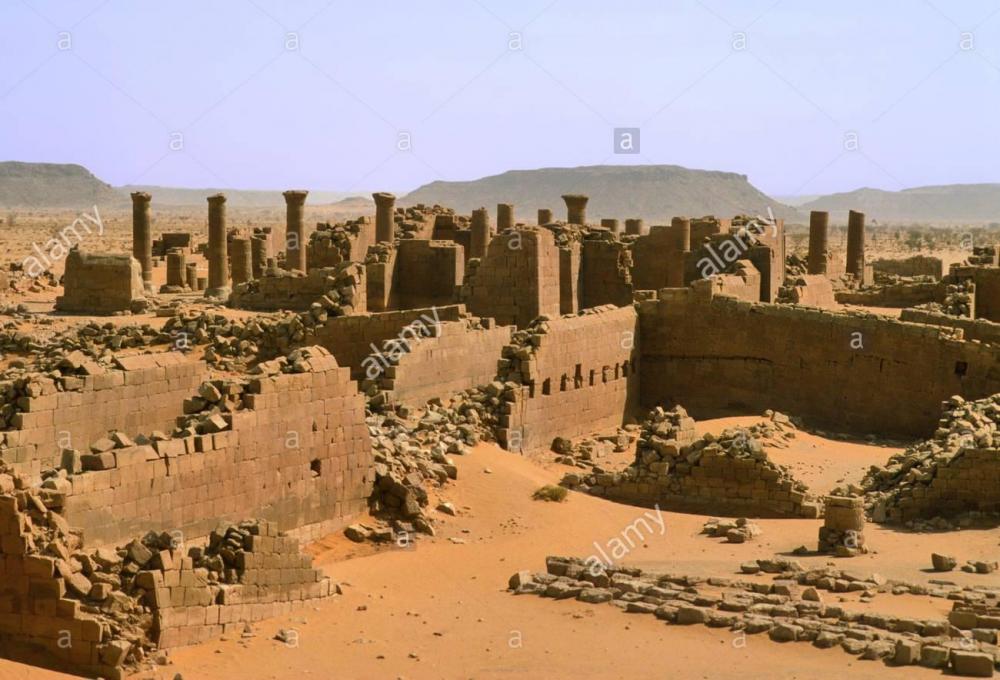
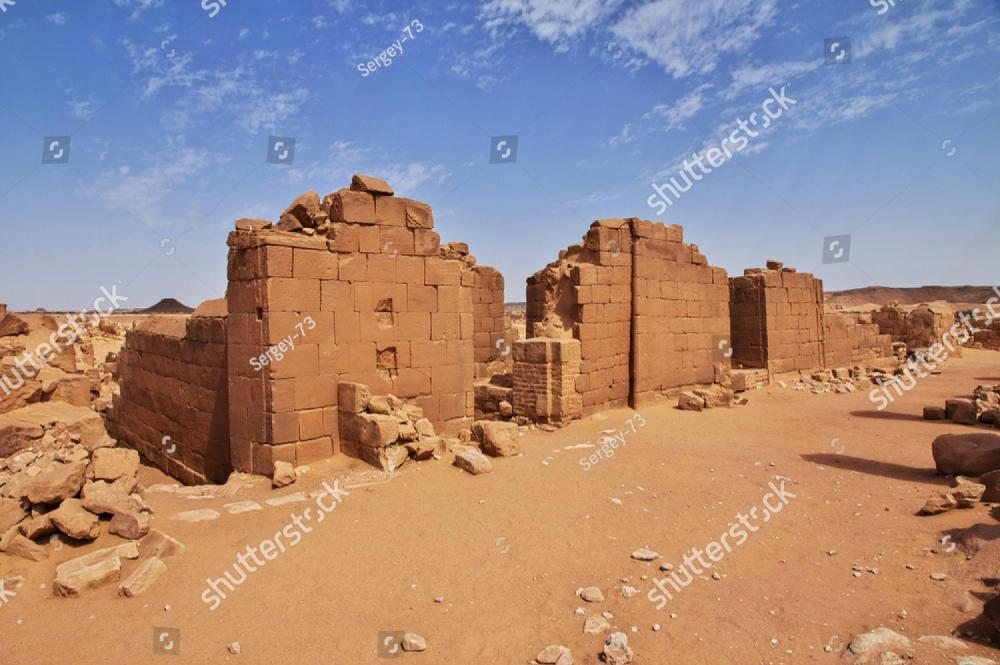
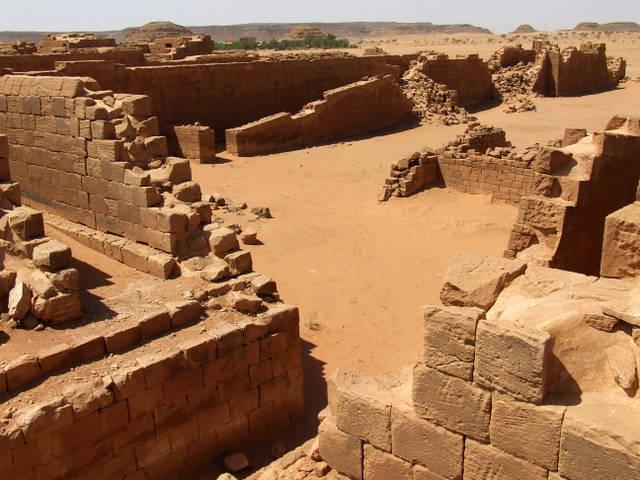
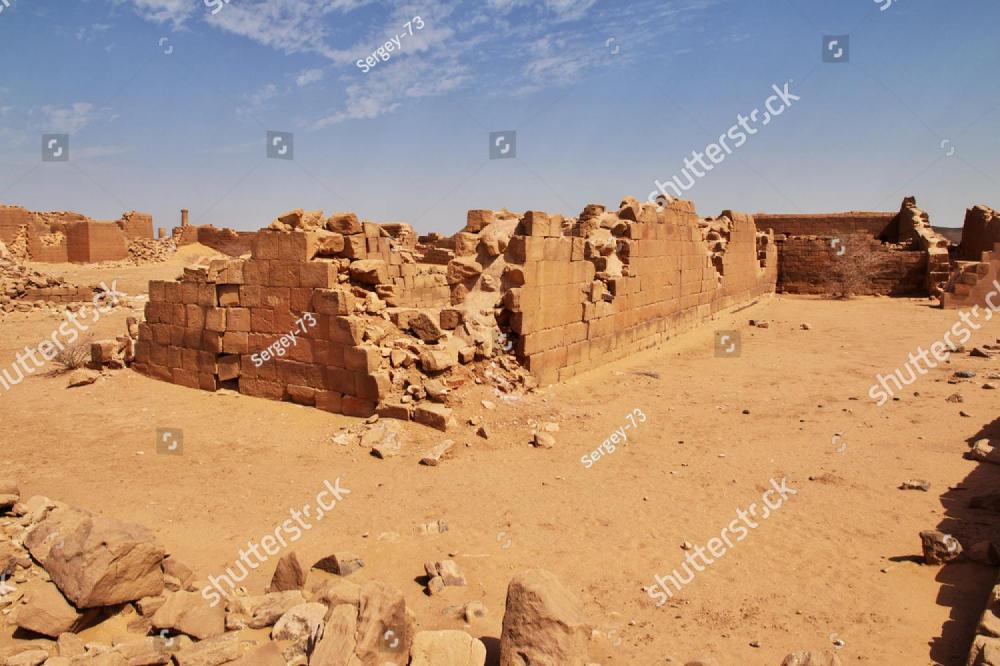
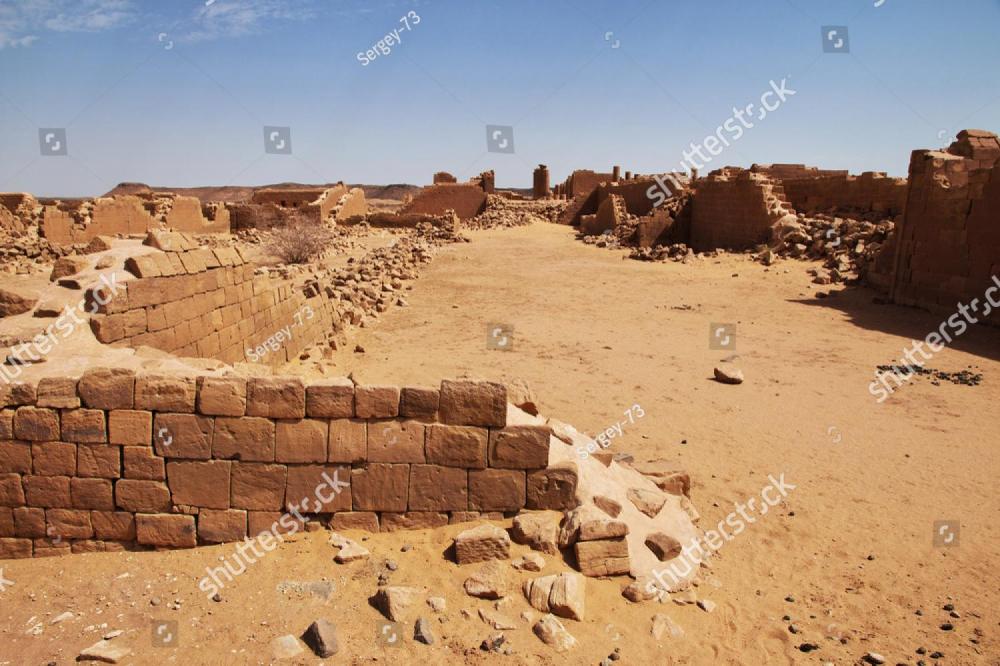
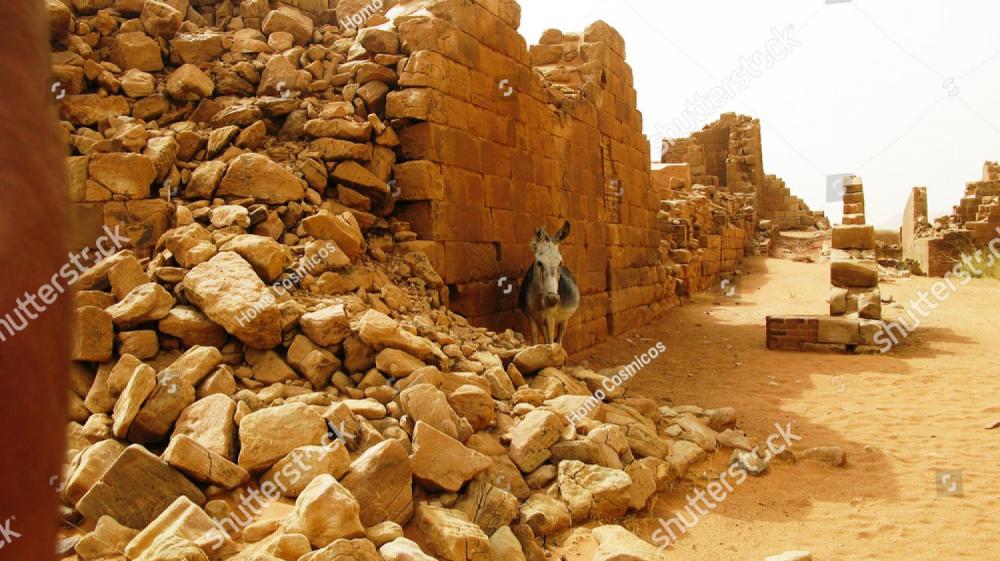
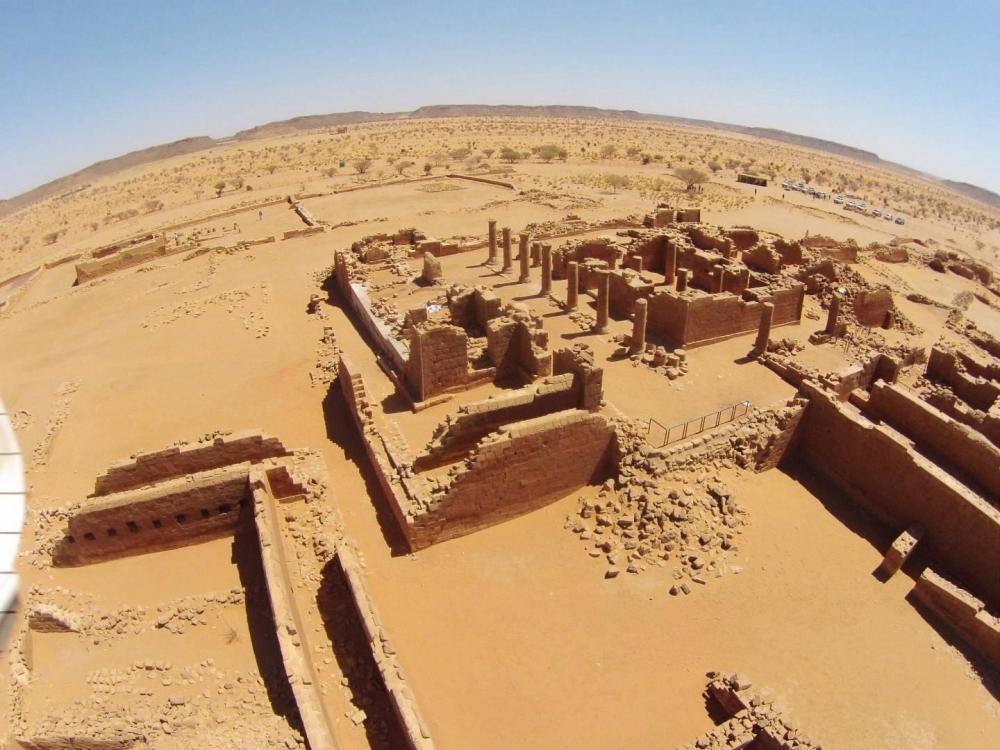
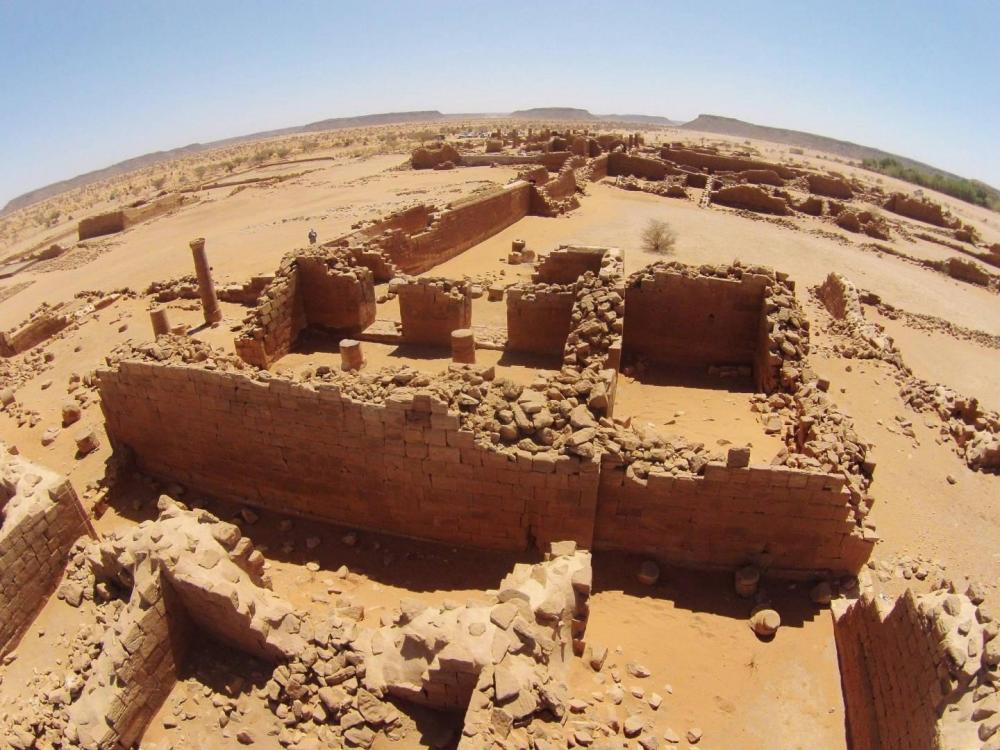
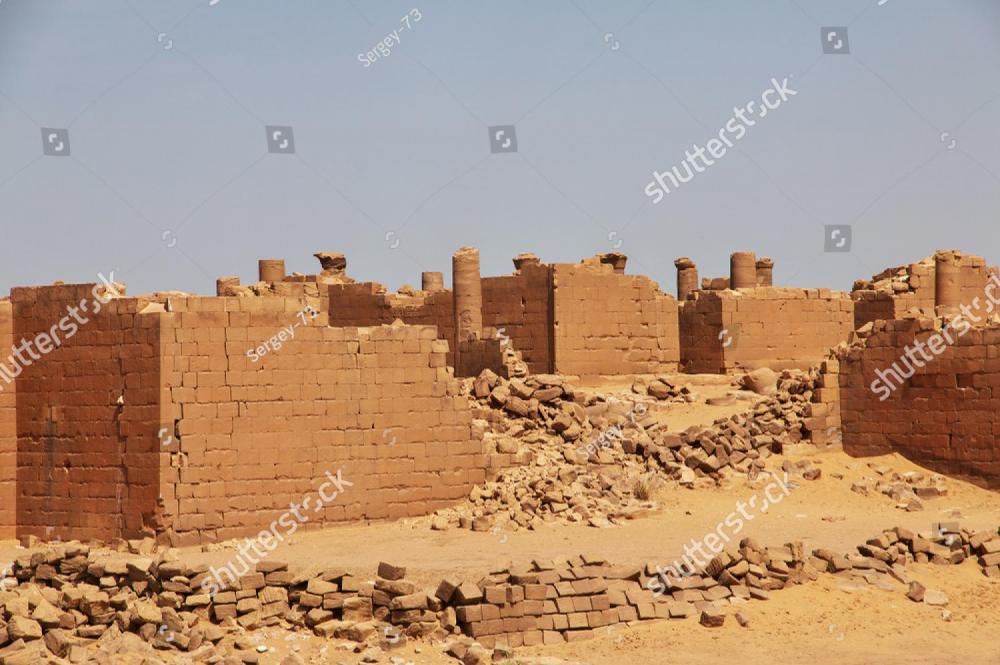
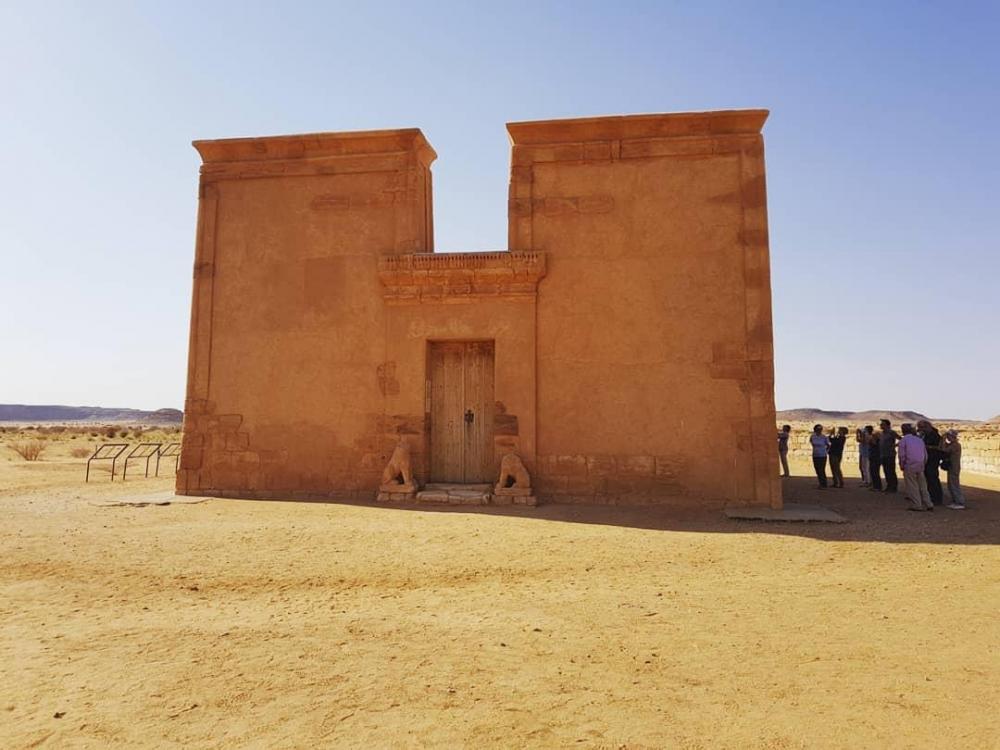
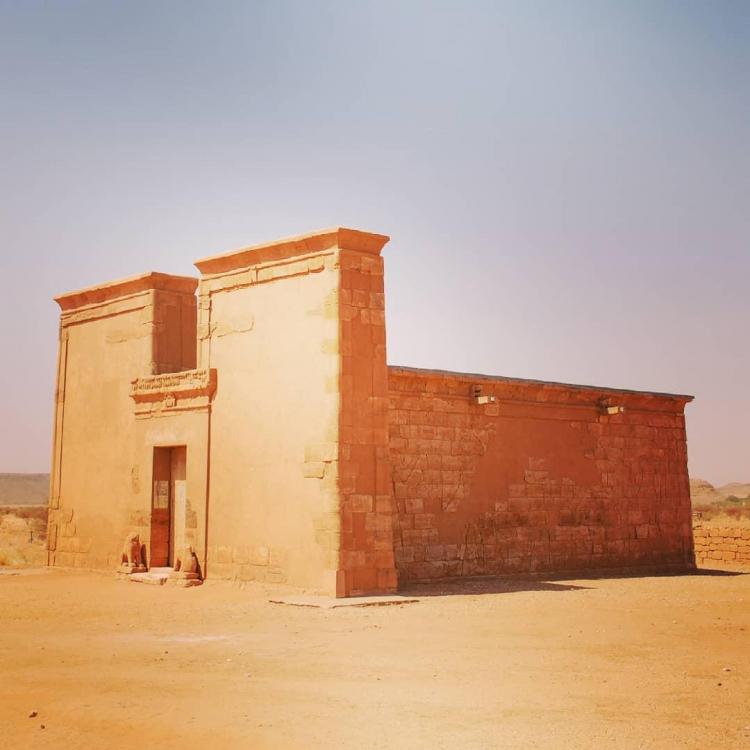
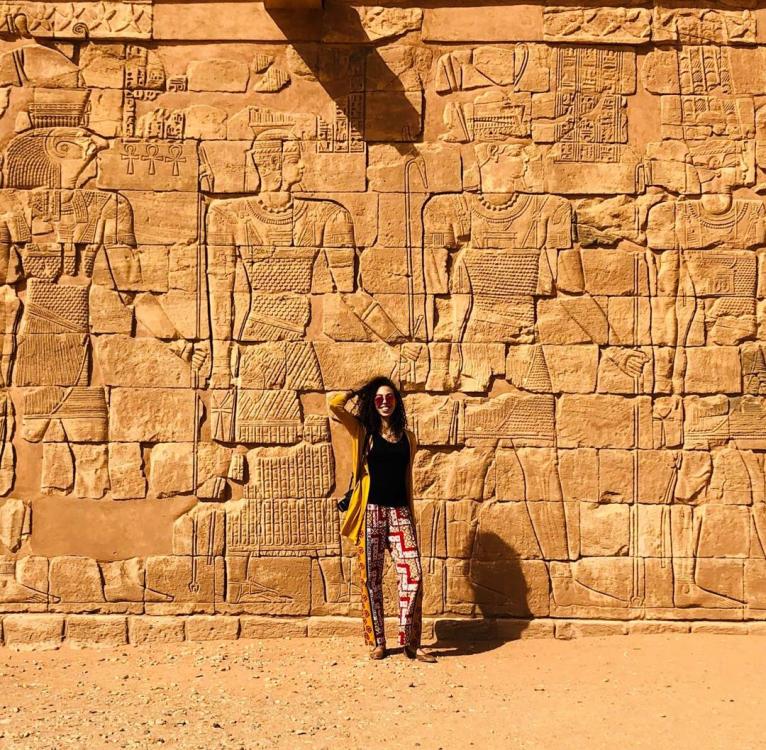
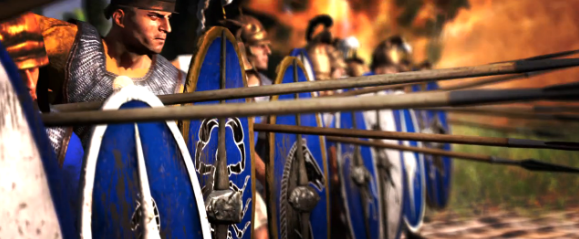
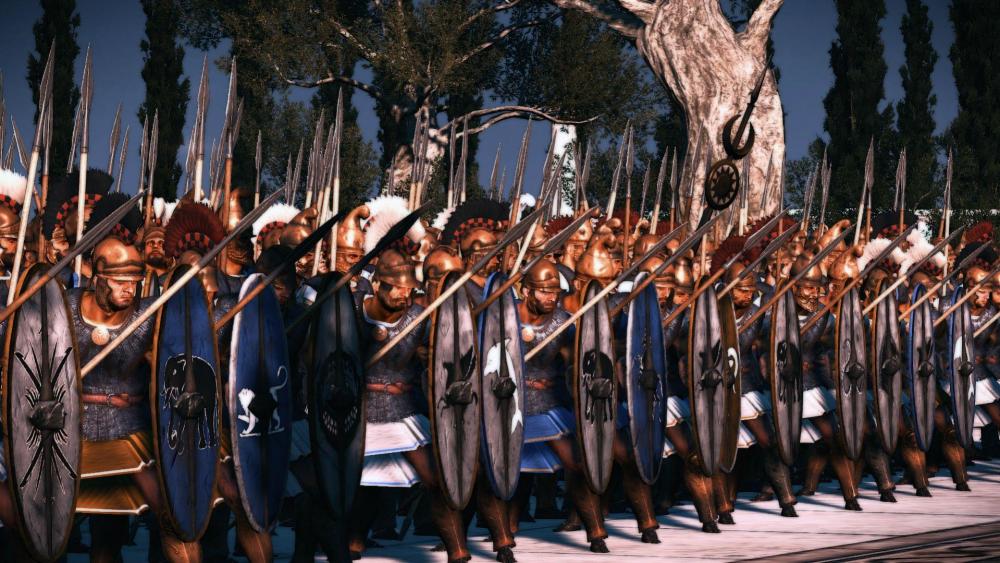
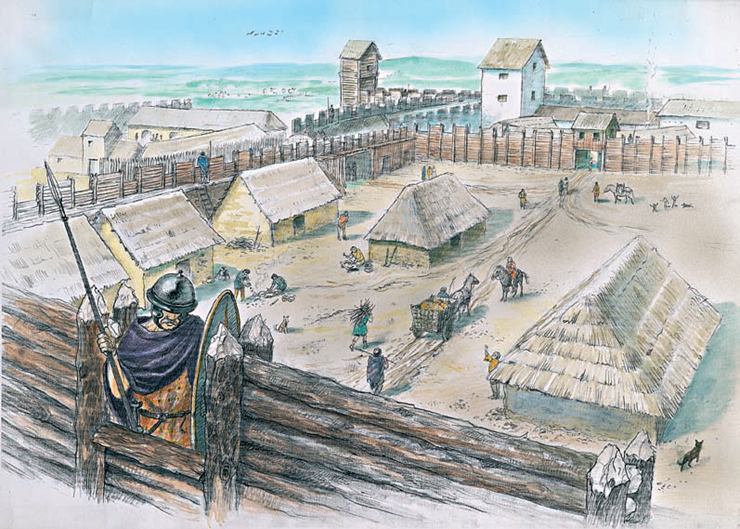
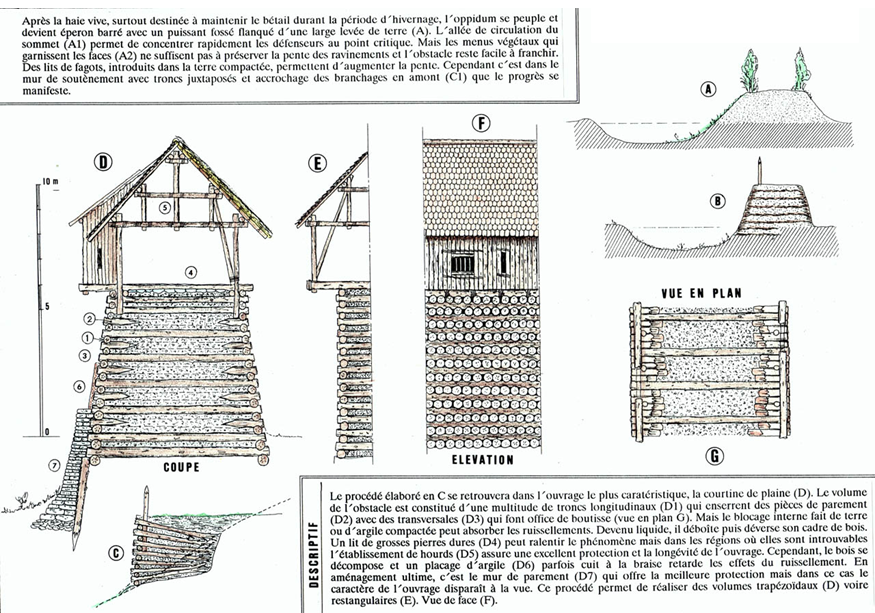


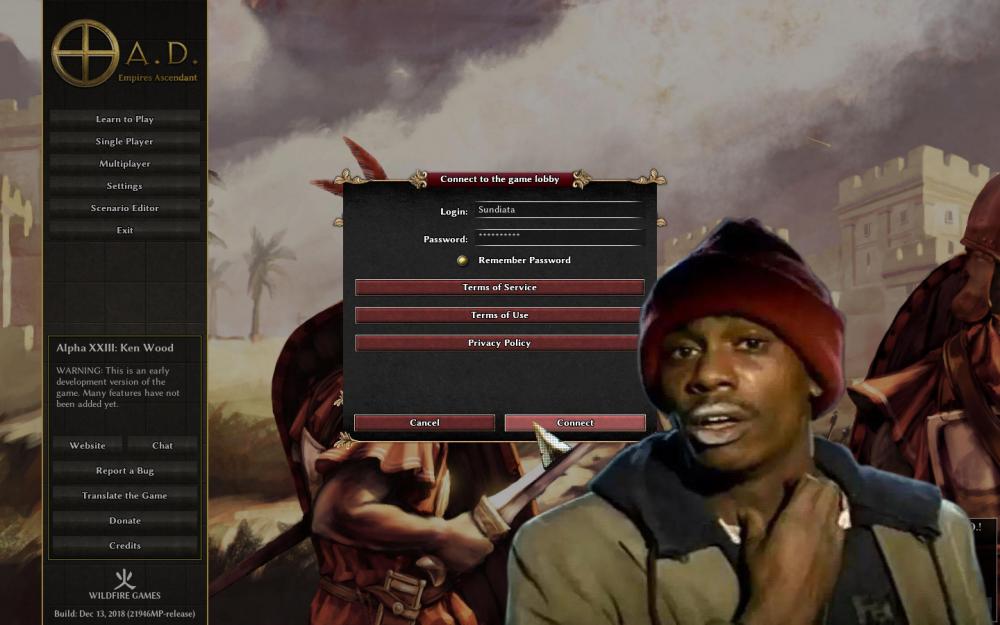

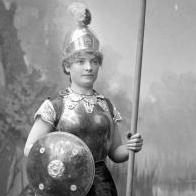
.thumb.png.ce58cea22940c255f5b0a735d5abee36.png)
